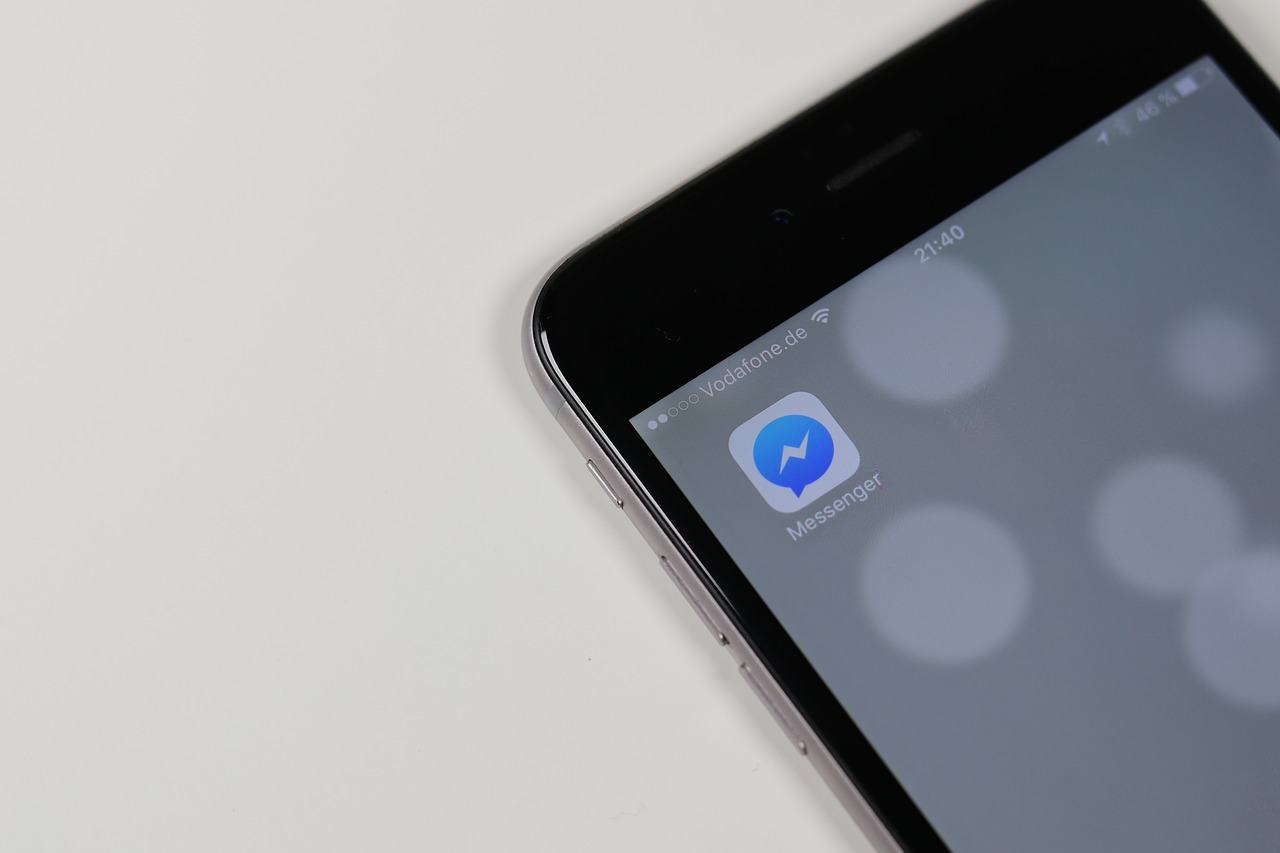
After the introduction of disappearing messages on WhatsApp, Facebook has rolled out a similar feature on its Messenger platform. The new feature ‘Vanish Mode’, will let users send text, photos and voice messages which will disappear once seen and the chat window is shut down.
Facebook has released a statement announcing the new feature.
The company claims that the feature has been built into the app to help the user “be in the moment, and share with close friends and family without worrying about your chats sticking around.”
Facebook said the feature is best suited for memes, GIFs, stickers, or reactions that are cool when you send them, but you may not want them to stick in your chat history.
In order to use this new feature, the user will need to swipe up on the phone in an existing chat thread, and then he or she will be in ‘vanish mode’. If the user swipes up again, they will return to regular chat.
Further, to provide instructions and make it simpler for the user to understand, the feature will be demonstrated within the application.
Vanish Mode is available for Messenger in the US as well as some other countries starting from Friday. The company also claimed that it will soon be rolled out in the EU countries.
WhatsApp and Instagram have already started implementing the feature. Facebook had announced the disappearing messages feature on WhatsApp last week.
In order for the user to send vanishing messages, both the sender and the receiver will have to activate the feature. It won’t work if either of the parties have not opted in. Further, the platform will inform the sender if the receiver takes a screenshot of the message that has been sent on Messenger.
Also Read | WhatsApp Pay Now Available For Users In India: Here’s How To Setup, Send & Receive Money
